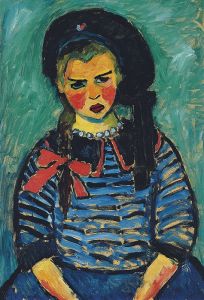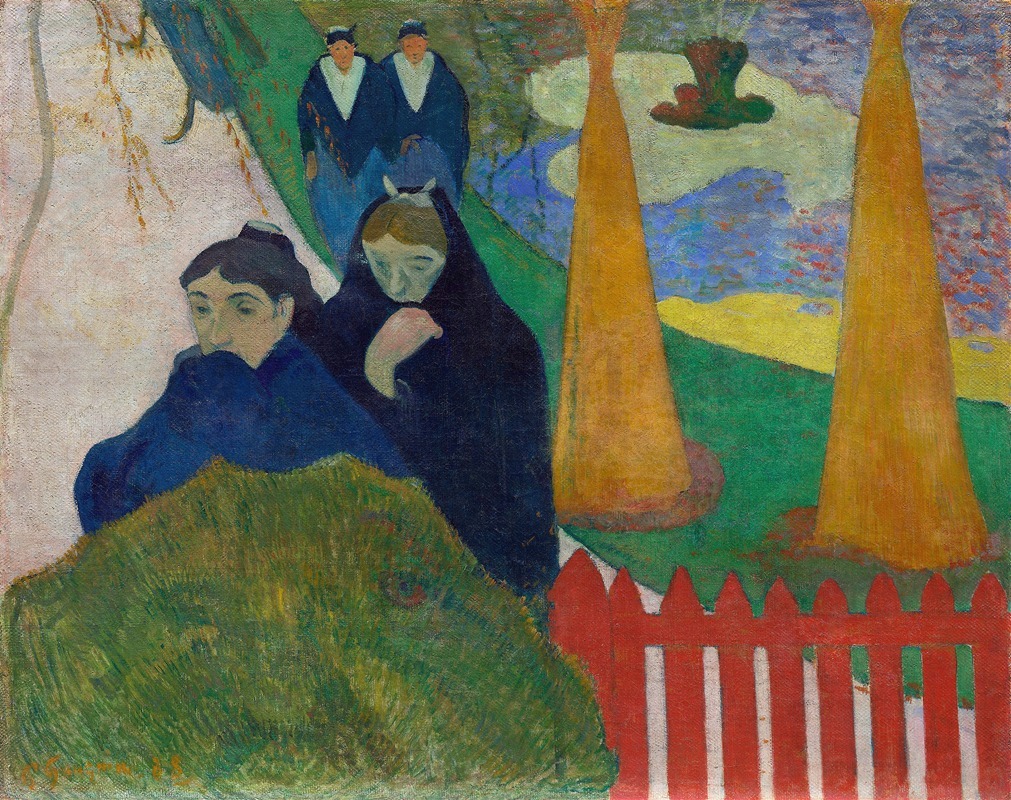
Arlésiennes
A hand-painted replica of Paul Gauguin’s masterpiece Arlésiennes, meticulously crafted by professional artists to capture the true essence of the original. Each piece is created with museum-quality canvas and rare mineral pigments, carefully painted by experienced artists with delicate brushstrokes and rich, layered colors to perfectly recreate the texture of the original artwork. Unlike machine-printed reproductions, this hand-painted version brings the painting to life, infused with the artist’s emotions and skill in every stroke. Whether for personal collection or home decoration, it instantly elevates the artistic atmosphere of any space.
Paul Gauguin's Arlésiennes is a painting created in 1888 during the artist's stay in Arles, a town in the south of France. The work reflects Gauguin's collaboration and interaction with fellow artist Vincent van Gogh, with whom he shared a brief but intense period of artistic exchange. The title, Arlésiennes, refers to women from Arles, a region known for its distinctive cultural traditions and attire.
The painting depicts two women seated indoors, dressed in traditional Arlesian clothing. Gauguin's use of bold colors and simplified forms demonstrates his departure from naturalistic representation, a hallmark of his evolving Post-Impressionist style. The composition emphasizes flat planes and strong outlines, reflecting his interest in synthesizing form and color to convey emotional and symbolic meaning.
Arlésiennes was painted during a pivotal moment in Gauguin's career. In October 1888, he traveled to Arles at Van Gogh's invitation, and the two artists worked together for approximately nine weeks. This period was marked by both creative synergy and personal tension, as their differing artistic philosophies often clashed. While Van Gogh sought to capture the essence of nature through vibrant, expressive brushwork, Gauguin leaned toward a more abstract and symbolic approach.
The painting is notable for its connection to Van Gogh's own depictions of Arlesian women. Van Gogh painted a series of portraits of Madame Ginoux, the proprietor of the Café de la Gare in Arles, who served as a model for both artists. It is believed that Arlésiennes may also feature Madame Ginoux, though this identification is not definitively confirmed. Gauguin's interpretation of the subject is distinct from Van Gogh's, showcasing his unique artistic vision.
Today, Arlésiennes is housed in the Musée d'Orsay in Paris, France. The museum's collection includes several works by Gauguin, offering insight into his development as a leading figure in the Post-Impressionist movement. The painting is appreciated for its historical significance and its role in illustrating the dynamic exchange between Gauguin and Van Gogh during their time in Arles.
Arlésiennes exemplifies Gauguin's transition toward the Symbolist aesthetic that would define much of his later work. The painting's emphasis on mood and atmosphere, rather than strict realism, reflects his broader artistic goals of transcending the visible world to explore deeper emotional and spiritual themes.








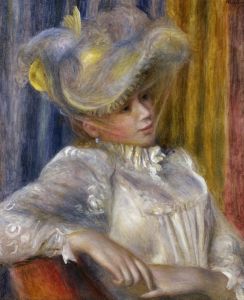

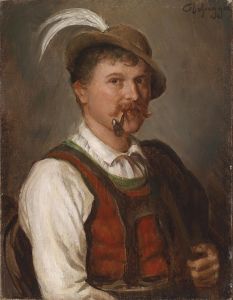
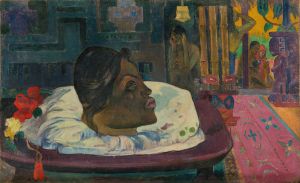

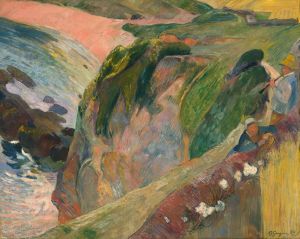
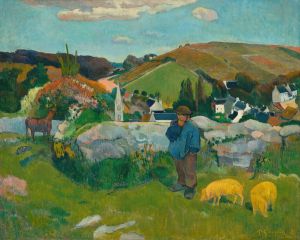

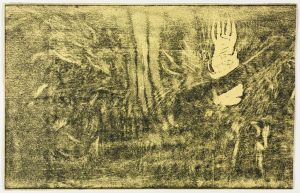
![Eve [‘The Nightmare’]](/imgs/245563/s/paul-gauguin-eve-the-nightmare-6b4cab27.jpg)
